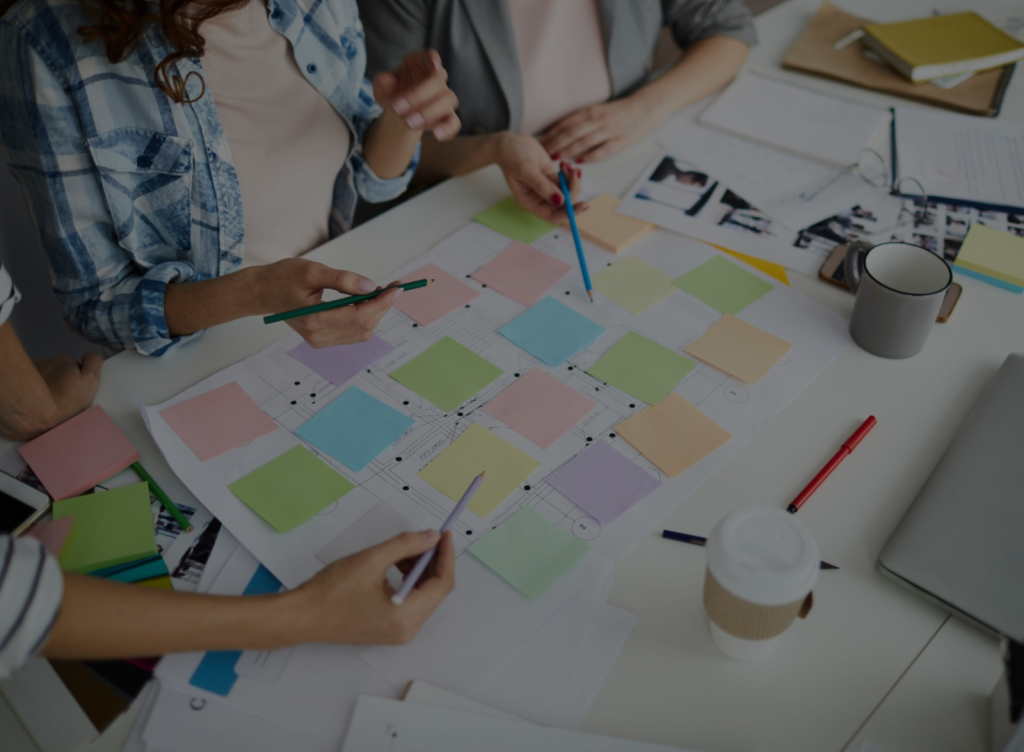In the dynamic world of event planning, staying ahead of the curve is crucial to delivering memorable experiences for clients. As technology continues to evolve, so do the tools available to event planners. One such game-changer is the integration of 3D floor planning in the event planning process. In this blog, we’ll explore the evolution of 3D technology in event planning, discuss the reasons why this transition matters, and delve into best practices for leveraging 3D technology to create appealing venue showcases for your clients.
The event planning landscape has undergone a remarkable transformation in recent years, thanks to advancements in technology. Traditional methods of planning events often involved sketches, blueprints, and 2D layouts. However, with the advent of 3D technology, event planners now have a powerful tool at their disposal to revolutionise the way they conceptualise and showcase venues.
The use of 3D technology has become more accessible, allowing event planners to create realistic and immersive representations of event spaces. This growth in the use of 3D technology is because of its ability to ensure more visually captivating presentations, efficient planning processes, and enhanced client engagement. As a result, more and more event planners are opting for this innovative floor planning tool and cashing in on the benefits of 3D technology.
When incorporating 3D floor planning into your event planning process, following these practices delivers optimal results and boosts client satisfaction. Follow these simple yet highly effective practices:
- Collaborative Planning Sessions: Engage clients in real-time planning sessions for instant feedback and collective decision-making.
- Detailed and Realistic Rendering: Invest time in creating lifelike 3D renderings with attention to lighting and textures.
- Interactive Virtual Tours: Enhance client engagement through immersive virtual tours of the event space.
- Integration with Design Elements: Seamlessly incorporate furniture, decor, and branding into the 3D visualisation.
- Regular Updates and Revisions: Maintain transparency with clients through regular updates and revised renderings.
- Utilise Augmented Reality (AR): Explore augmented reality for a far more realistic sense of scale and layout.
- Mobile-Friendly Presentations: Optimise 3D presentations for mobile devices to enhance accessibility.
- Training and Familiarisation: Provide client training for effective navigation of the virtual representation.
Adhering to these practices not only maximises the benefits of 3D floor planning but also ensures a collaborative and efficient event planning experience.
In the constantly evolving realm of event planning, 3D technology is opening up a world of advantages that significantly elevate the planning and execution of events. The transition to 3D technology matters for several compelling reasons, each contributing to a more seamless and impactful event planning process. Beyond being a visual upgrade, it transforms the way planners conceptualise and present venues, adding layers of efficiency and creativity to the overall planning experience. The use of 3D floor planning tools is a paradigm shift that aligns with the increasing demand for immersive and engaging event experiences. Let’s delve into the several advantages that propel event planners to embrace the use of 3D technology when creating venue showcases.
Improved Visualisation:
One of the primary benefits of 3D floor planning is the ability to provide clients with a lifelike preview of the event space. Traditional 2D plans can be challenging for clients to interpret, leading to misunderstandings and miscommunications. With 3D visualisation, clients can virtually walk through the venue, gaining a realistic sense of the layout and design. This not only helps in setting realistic expectations but also allows for better collaboration and feedback.
Efficient Space Utilisation:
Optimum space utilisation is critical in event planning. 3D technology enables planners to make use of every inch of the venue, considering factors such as seating arrangements, decoration, and event layouts. This results in a more functional and aesthetically pleasing event space, maximising the overall impact of the event as well as customer satisfaction.
Seamless Decision-Making:
Making decisions about the layout, decor, and overall design of an event can be challenging without a clear visual reference. 3D floor plans streamline the decision-making process by providing a comprehensive overview of the event space. Clients can make informed choices based on a realistic representation, reducing the likelihood of last-minute changes or disappointments.
Tailor-made Experiences:
Every event is unique, and clients often have specific preferences and themes in mind. 3D floor planning allows for easy customisation and personalisation of the venue. Event planners can experiment with different layouts, colour schemes, and decoration options to create a tailor-made experience that aligns perfectly with the client’s vision.
Cutting Down Time & Expenses:
Efficiency is a key consideration in the fast-paced world of event planning. 3D floor planning helps save time by accelerating the planning and decision-making process. Additionally, the ability to visualise the event space in detail from the outset reduces the likelihood of mistakes or changes later in the planning stages. Furthermore, labour expenses and costs associated with last-minute changes are also reduced with the help of 3D floor planning.
Stay Ahead of the Curve:
In an industry as competitive as event planning, staying ahead of the competition is crucial. Adopting 3D technology gives event planners a competitive edge by offering a modern and innovative approach to showcasing event spaces. Clients are more likely to be impressed by a visual and interactive presentation, setting your services apart from the rest.
Analytics & Optimisation:
The use of 3D technology also comes with several innovative tools, opening up opportunities for data collection and analytics. By tracking how clients interact with the virtual representations of event spaces, planners can gain valuable insights into preferences and priorities. Similarly, it can be helpful in understanding event trends such as popular layouts, seating arrangements, and decor choices. This data can inform future planning decisions and contribute to a more data-driven approach to event management.
Leveraging 3D floor planning is not just a trend but a strategic move towards providing enhanced value to clients. The benefits are clear – from improved visualisation and planning to optimised space utilisation and time savings. Event planners who embrace 3D technology can position themselves as leaders in the industry, offering a modern and efficient approach to lifelike venue showcases for their clients. Spalba can provide 3D floor planning support and help event planners deliver immersive and personalised venue showcase experiences. Contact us to learn more about our offerings.



